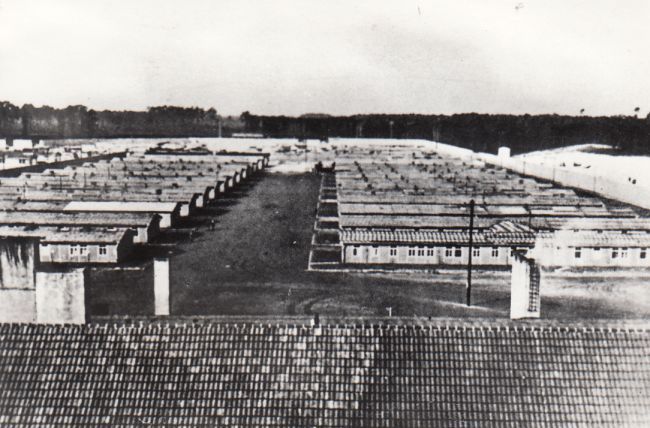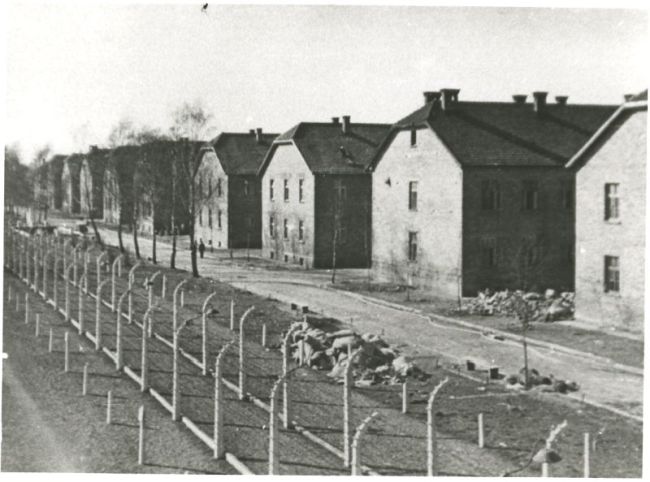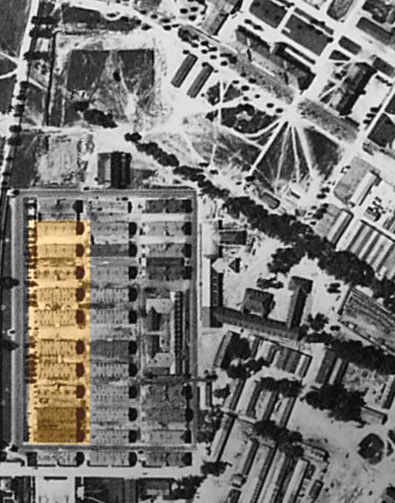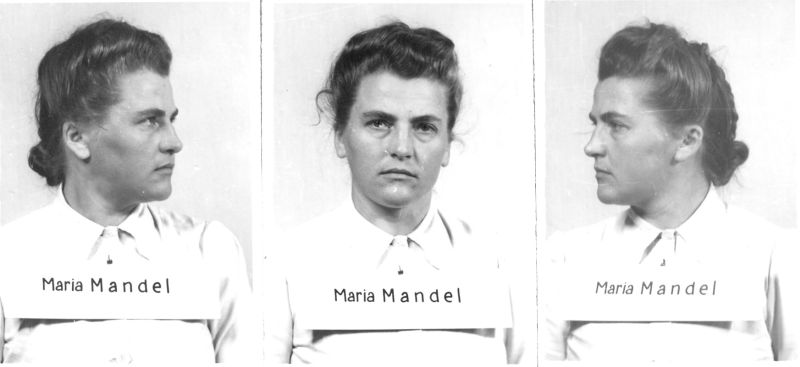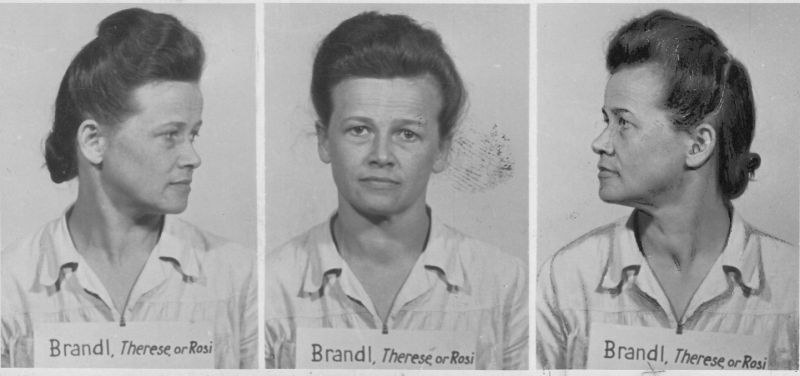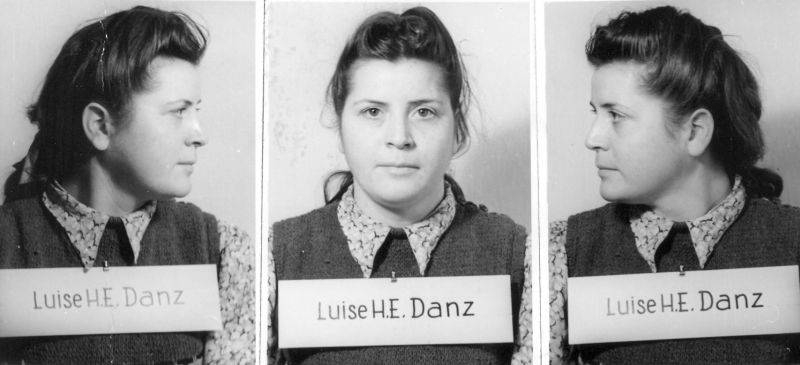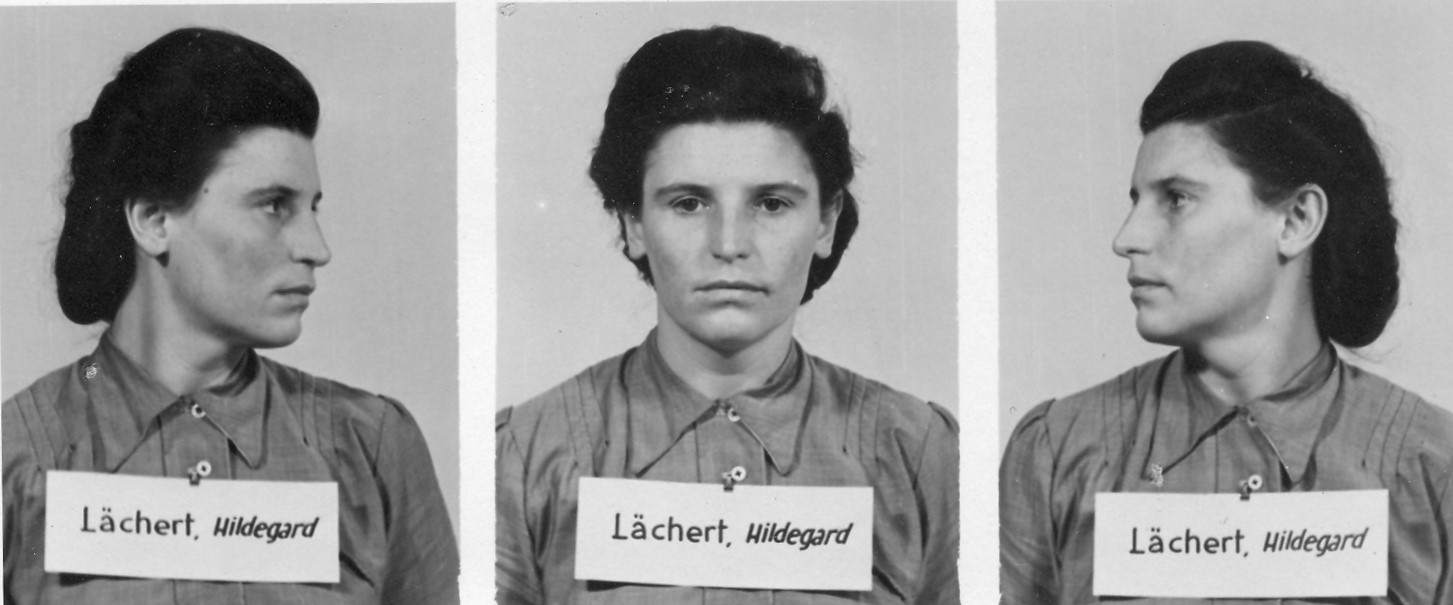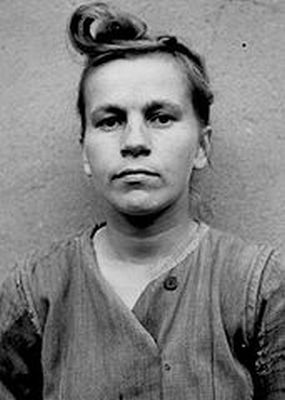The former supervisor [Oberaufseherin], Mrs Langefeld, despite her lack of qualifications to deal with her duties, was constantly reluctant to accept any advice from Schutzhaftlagerführer. As I came to conclusion that chaos must cease immediately, I ordered the Schutzhaftlagerführer to take command on the women’s camp. […] The Oberaufseheririn considered herself as an independent supervisor and lodged a complaint against taking orders from a peer official.
As the Reichführer SS visited Auschwitz in 1942, I reported to him in her presence about her failure and I expressed the opinion, that Mrs. Langefeld never would be able to supervise the female camp itself and its development. Additionally, I requested to subordinate Mrs. Lagenfeld to Schutzlagerführer. He rejected my request in spite of very convincing arguments I presented to show the incompetence of the Oberaufsehrin and the rest of supervising staff. He expressed a wish that a female supervisor should run the women’s camp and he ordered one SS-Man to help her.

